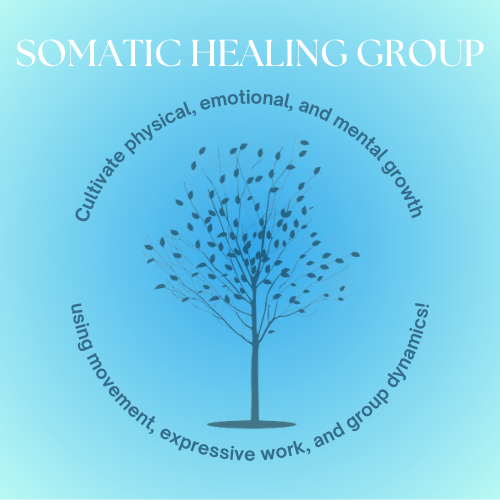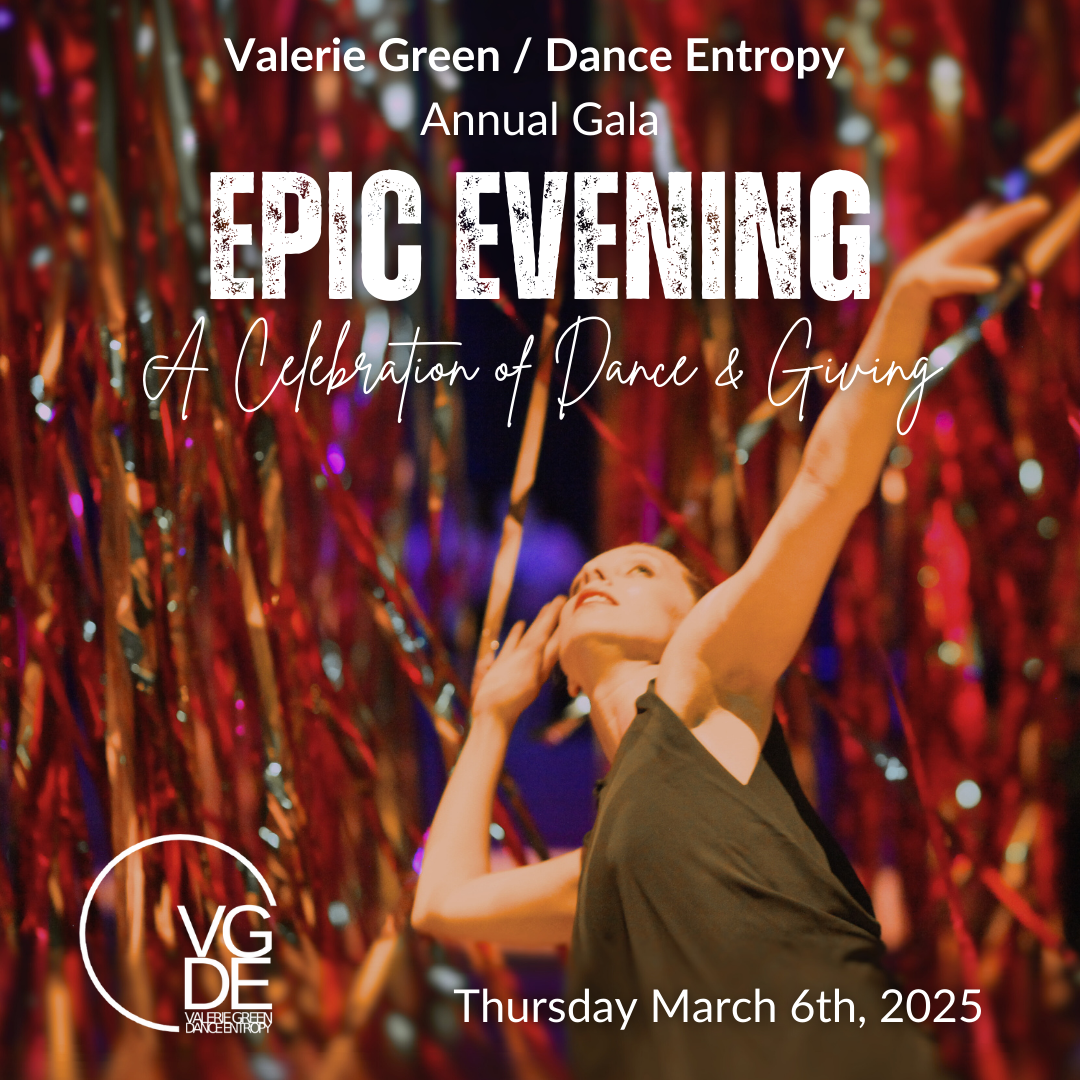
Digging In Group
D.I.G. will provide 8 local choreographers an excellent opportunity to develop and share new work together during 8 sessions plus a Professional Development Workshop, ending in two culminating Take Root performances exclusive to their cohort.
Each 2-hour session will be moderated by a rotating member of the Green Space Advisory Board. During these sessions choreographers will present their work at various stages to their cohort, followed by a moderated peer discussion, enabling choreographers to receive informative feedback in a supportive environment.
D.I.G. is about building relationships with fellow artists and creating the opportunity to network with fellow NYC choreographers/dancers, all while creating new opportunities to grow within one’s own choreographic process.














